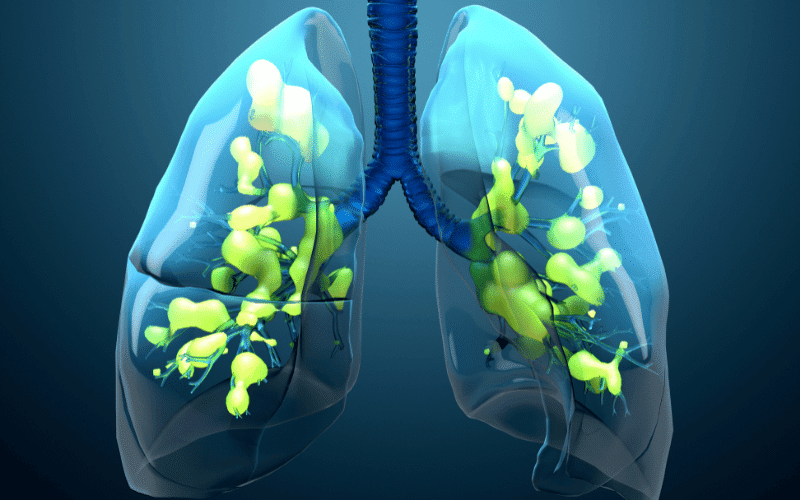Fact 2: Respiratory Distress – An Early Warning Signal

Respiratory distress is often the first symptom that healthcare professionals encounter when dealing with MODS. It is marked by the onset of acute respiratory distress syndrome (ARDS), a severe lung condition causing low oxygen levels in the blood, also known as hypoxemia.
Manifestations of ARDS may include increased breathing rate, shortness of breath, and an overall feeling of being unable to catch one’s breath. The lungs’ inability to oxygenate the blood adequately might necessitate mechanical ventilation if the condition escalates into respiratory failure.
Respiratory distress and subsequent hypoxemia in MODS don’t just affect the lungs. This condition has a ripple effect, impacting other organs as well. Vital organs such as the heart, brain, and kidneys heavily rely on a consistent supply of oxygen. A reduction in this supply can trigger dysfunction in these organs, a key characteristic of MODS.
This cross-organ impact highlights the interconnected nature of our body’s systems. The lungs, while being the first line of failure, can indirectly induce a chain reaction, leading to multi-organ dysfunction. Hence, effective management of respiratory distress is not just about preserving lung function. It also serves as a preventive measure, helping to stave off further organ damage. (2)